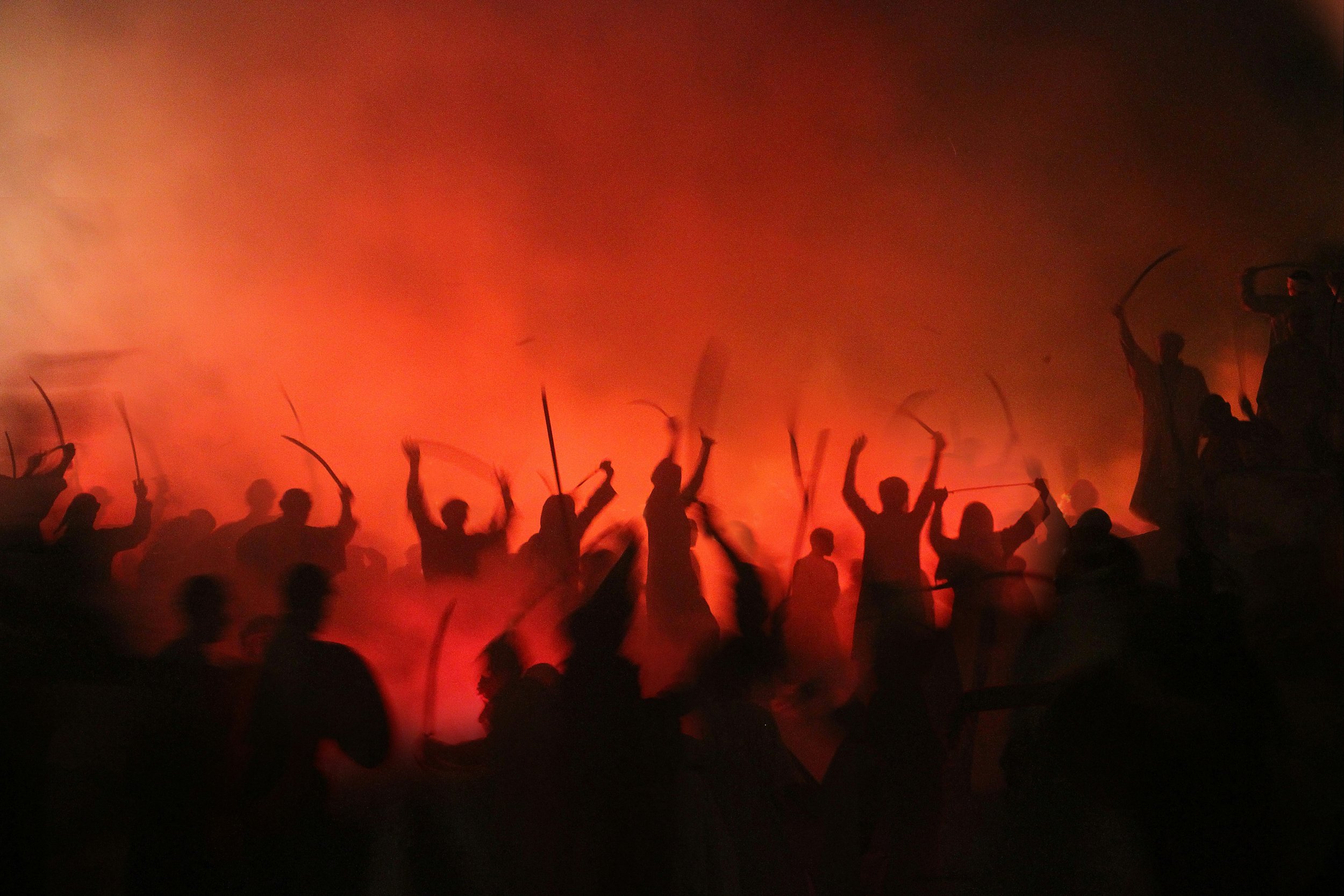What is an Inciting Incident?
This blog post is all about inciting incidents. So let’s start by clarifying - what is an inciting incident?
In storytelling, an inciting incident is an event that sets your protagonist(s) off on a different path to the one they had previously been travelling on.
You may have heard the inciting incident referred to as “the call to adventure” or “the catalyst”.
This inciting incident is an unexpected event that upsets the character’s status quo and leads them towards new challenges and experiences.
For example, in a detective novel, the inciting incident often occurs when a detective is handed a new case. And in romantic fiction, the inciting incident may involve the first meeting between two lovers.
Inciting incidents are an often-used story element – but (as we’ll see a little later) they’re not an essential feature of every novel.
What's the point of an inciting incident?
We’ve covered what an inciting incident is. Now onto why they can prove useful. There are two key reasons to include an inciting incident in your narrative.
1. To set your storyline in motion
An inciting incident is an event that serves to shake your story up. It prompts your protagonist to change direction or look at the world with new eyes.
What tends to follow next is some kind of journey – whether that’s a literal journey (like setting off on a quest) or an inner one (like coming to terms with a traumatic past event) or a mixture of the two.
You can use an inciting incident to mark the start of any type of story arc. It is simply the push that sets a storyline into motion.
2. To hook your reader
Up until this point in the story, your readers have seen your protagonist going about their normal daily life – whether that’s life as a reader knows it or life lived by altogether different rules.
Continue for too long in this vein – without pushing at the limits of character even a little – and readers may start to get bored.
An inciting incident is a tool you can use to hook your reader. It raises the prospect of change on the horizon and encourages a reader to read on in a bid to discover how the story unfolds.
Types of inciting incidents
Inciting incidents generally fall into one of three categories:
Causal
A causal inciting incident is an active choice – a decision made by or for your protagonist. Here are a few inciting incident examples in literature:
Bilbo disappearing from his birthday party and leaving the ring to Frodo
Hagrid telling Harry he’s a wizard
Katniss volunteering to take the place of her sister in The Hunger Games
Winston deciding to diarise his anti-establishment thoughts in 1984
Coincidental
A coincidental inciting incident involves an event that lies completely outside your characters’ control. Something happens by chance or coincidence.
For example, your character might stumble upon a dead body. Or lose their job. Or win the lottery.
A few literary examples?
Lucy wandering through the wardrobe into Narnia
Dorothy being whisked away to the Land of Oz
Rachel seeing Jess kissing another man in The Girl on the Train
Ambiguous
With an ambiguous inciting incident, it’s not at first clear whether causal or coincidental forces are at work. A reader is left guessing who or what incited change in a protagonist’s life.
Often, by the end of a novel, a writer has revealed all and the inciting incident can be neatly categorised as causal or coincidental.
Where does the inciting incident tend to occur in the story?
An inciting incident tends to come during the first chapters of a novel, towards the end of the expository act. Some people say the 12% mark is something of a sweet spot.
By this point, you’ve had chance to introduce your central character(s). Your readers know a little about them and what their normal life looks like. And now you get to disrupt the equilibrium.
You light a spark that leads to a fire (the rising action) and the later inferno (the climax), before the fire is fought and eventually put out (falling action and resolution).
However, there are some excellent examples of the inciting incident occurring later on within a story.
In The Great Gatsby, for example, we have to wait until we’re about a quarter of the way through the novel until Gatsby himself makes an appearance.
Scott Fitzgerald delays this inciting incident to great effect. We already know Nick, Daisy, Tom and Myrtle relatively well – and have heard lots about Gatsby.
So when we’re all introduced to him, the anticipation and intrigue we feel as readers mirrors that of the other characters.
Does every story need an inciting incident?
The quick answer? No.
Whilst an inciting incident can help to move your plot into its next phase, it’s not essential. In fact, some writers choose to leave an inciting incident out of their work altogether.
Others have an inciting incident occurring off the page, sometimes even before the events of the book have begun.
It’s also worth bearing in mind that some stories have several events that could be considered inciting incidents.
So – as with so many things in fiction writing – there are no hard and fast rules.
Just keep inciting incidents in your writerly toolkit for those times when you need to add momentum, keep characters on their toes and keep readers invested in your story.
If you want some help crafting a story arc that keeps a reader hooked from start to finish, please get in touch to find out more about my editorial services.
Until the next time,
Candida


